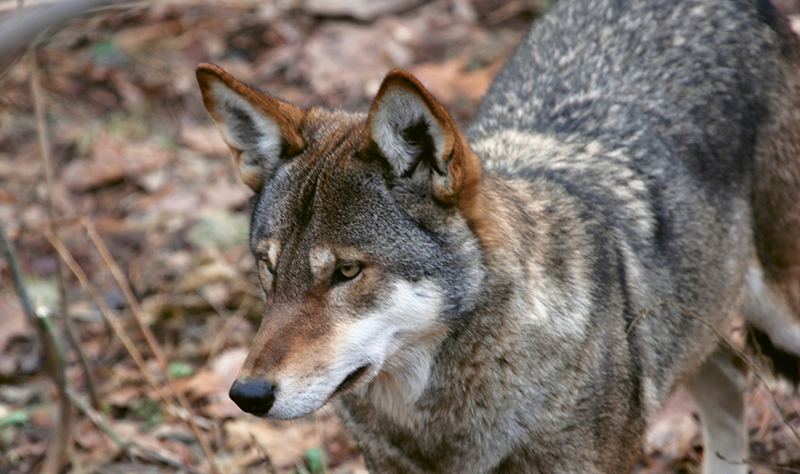

They do seem to be doing quite well in those areas but it is going to take time to see how they do in the long term scheme of things. Thanks to reintroduction projects by professionals they are now also living in South Carolina and North Carolina. Today though there are very few of them remaining in those regions. In the past the Red Wolves have been known to live around Texas and Louisiana. This is why they are often mistaken for other types of wolves as many people assume they all have red coloring to them.Īnother distinct feature is that they have white around the muzzle area. However, not all of them have this coloring as many of them are brownish. 51 Issue 33, p22.The name of the Red Wolf stems from the fact that they can have a reddish coat on them. 102Įliminate red wolf program.” Human Events, 8/25/95, Vol. “ Court Upholds Government's Right To Protect RedĮnds in the Smokies.” By: Lee, David N.B. “ Predicting Red Wolf Release Success in theīy: Van Manen, Frank T. Wildlife Society Bulletin, Fall 2005, Vol. “From the Field: Implementing recovery of the red wolf - integrating research scientists and managers.” By: Stoskopf, Michael K. Red Wolf." Official Site of the Red Wolf Sanctuaryĥ. Wolf ( Canis rufus)." National Parks Conservation Association.

Red List of Threatened Species Canis Rufus." ICUN. Hopefully the red wolf will continue to bred and survive in the wild and onceĪgain be a thriving animal on the east coast of North America. The program would allow about 1 millionĭollars to support research and efforts to re-introduce the red wolf into theĪs the amount of red wolves are released into the wild and bred inĬaptivity, there has been a positive population trend in the past fewĬonservation of the red wolf, and increased funding to red wolf programs, Gained some support in 1996 by the senate who upheld a red wolf program. Fish and Wild-life Service to protect endangered red wolves thatīig step to help boost the population of the red wolf in the areas where it is In 2000, a federal appeals court in Richmond, Virginia, Another important threat to the red wolf is accidental mortality due to One of the greatest threats to the red wolf is humanĭevelopment of their habitat (3). On occasion with help from other wolves, they They live in small packs, which are usually smaller then those of theĬonsist of a diet of rabbits, raccoons, and other rodents. Red wolves need between 10 and 100 square The last remaining red wolves lived in coastal and marsh areas, this is where they are being reintroduced today. North Carolina and the Great Smoky Mountains National Reintroduced is the Alligator River National Wildlife Refuge in Today, one of the main areas they are being The eastern United States and could be found from Pennsylvania to Florida and Red wolf weighs between forty and eighty pounds. It is much smaller then the gray wolf, but a Red wolf’s coat ranges from a cinnamon red, to gray and black. Wolves in captivity at zoos across the country.Ĭlose relatives the gray wolf and the coyote. These reintroduction programs there are now fifty to eighty individuals in the Wolves were officially declared extinct in the wild. Fish and Wildlife Service to be bred in captivity. In 1980 there were fewer than twenty wolves Hunting have brought this animal to near extinction. The red wolf is one of the rarest and most endangered in the Biodiversity and Conservation Student Steven Hoelzer


 0 kommentar(er)
0 kommentar(er)
